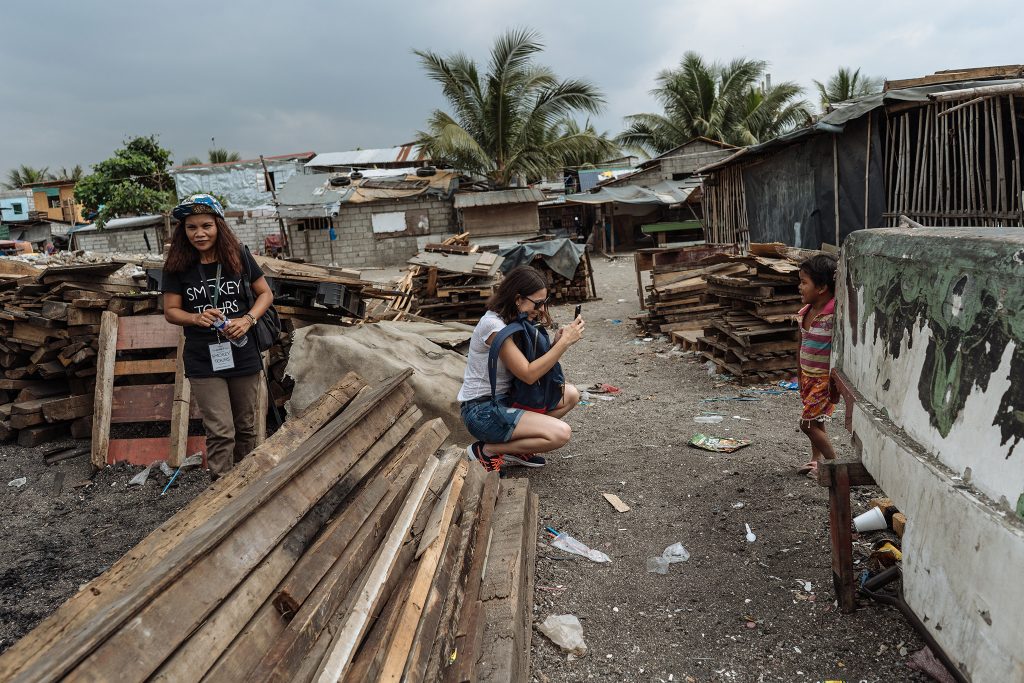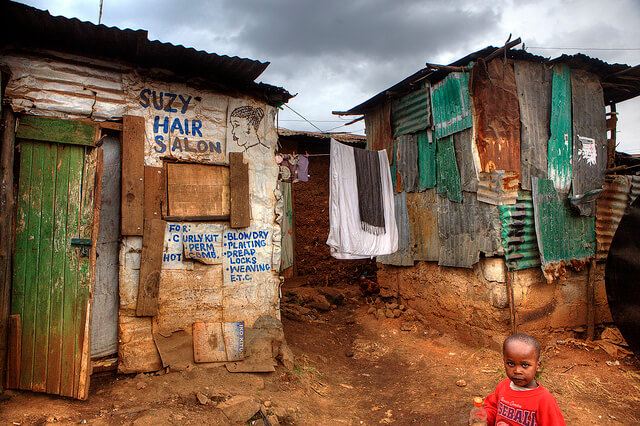
Slum tourism is one of the fastest-growing niche tourism segments in the world, but it is also one of the most controversial. Slum tourism is not a new phenomenon, although much has changed since its beginning. Since its founding 16 years ago in Rio de Janeiro, slum tourism has spread over to other major metropolises like Manila, Mumbai, Johannesburg, and Chicago.
There is still a stereotypical perception of slums as despairing places inhabited by hopeless people. Slum tourism has grown quickly because its tour location is unique among traditional cultural tours, and because in recent years’ slums have received prominent depiction in the mass media. In particular, films depicting slum life like Slumdog Millionaire (Mumbai), City of God (Rio de Janeiro) and District 9 (Johannesburg), have become international hits. Rich cultural heritage brings visitors to Manila, Brazil, and India but some feel compelled to leave the safety of the historic center sites to get a glimpse of the city’s inequality.

Tour operators have responded by offering “slum tours” that take outsiders through their most impoverished, marginalized districts. Slum tours have evolved a lot in the past years and are also one of the kinds of tourism in certain countries, which attracts a large amount of money by attracting a lot of tourists. One of the major impacts of slum tourism is the change of perception they often facilitate and educates the tourists about the realities of poverty and helps remove the negative stereotypes surrounding slums. In short, it raises awareness and provides numerous examples of giving back to the local community.

Even though slum tourism has gained a lot of popularity in recent years, there is and will always be a negative side to it. First, most slum tours are run for-profit companies that often do not donate money back into the slum. Second, slum residents are said to suffer the humiliation of having their lives put on display for Western tourists. As a result, slum tours have often been called exploitative, voyeuristic and imperialistic. Slum tourism is little more than slack-jawed privileged people gawking at those less fortunate. The image of a country is tarnished by publicizing slum tourism as the tours make poverty exotic and glamorizing what to inhabitants is a harsh reality that remains once the tourists are long gone.
The long term effects of slum tourism can be seen on the people leaving in those slums, as they feel that their life is always hindered by someone else. Tourists taking pictures of the slums and the people staying there, really makes it awkward for the people staying there as they can’t be in their own even for a minute. They also feel degraded when they are being stared at doing mundane things – washing, cleaning up, preparing foods, private things.

In conclusion, slum tourism is a great form of tourism as it helps educate people and raise awareness about the people leaving below the poverty line, but it is also necessary to give them their personal space and not make someone’s life and a way of living, a source of income. And as a lot of importance is given to slum tourism, the benefits of slums should also be taken into consideration by the government of the country. Slum tourism as a concept was evolved so that the slums could be benefitted from tourism. The reason for the origin of this kind of tourism should be kept in mind and proper care must be taken, that the people leaving in the slums are given all the facilities and benefits that they are told about. Tour operators who organize slum tours, should ensure that they give a part of their profit from that tour for the well-being of the slums. There should be more charities set up to spread profits around and local artisans should be encouraged to sell their work to tourists at good prices. Slum tourism needs to be changed.